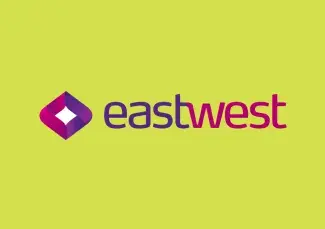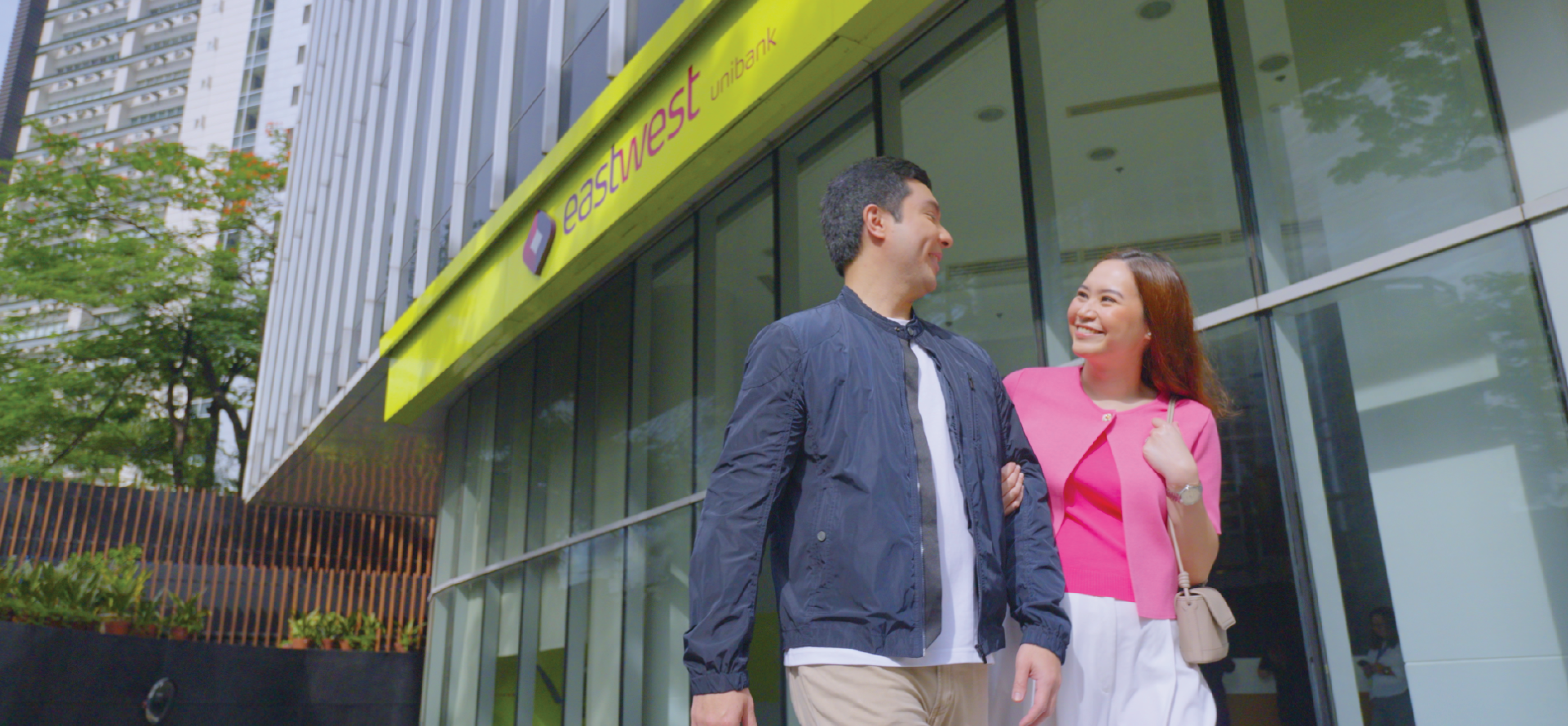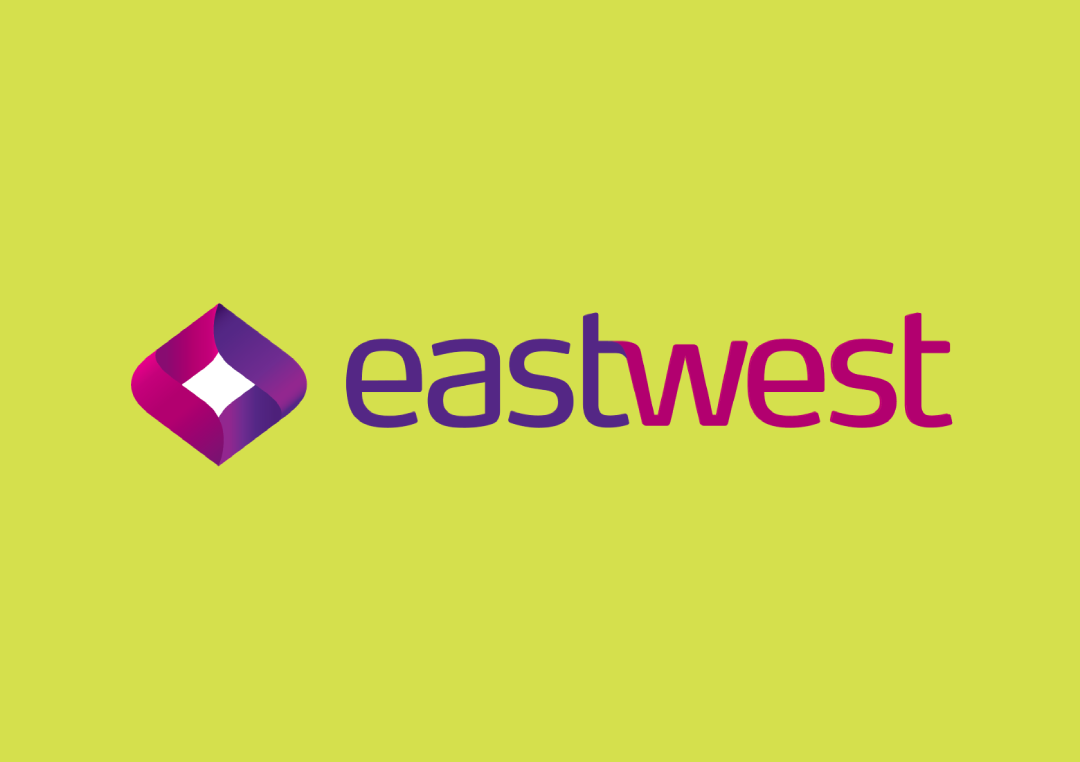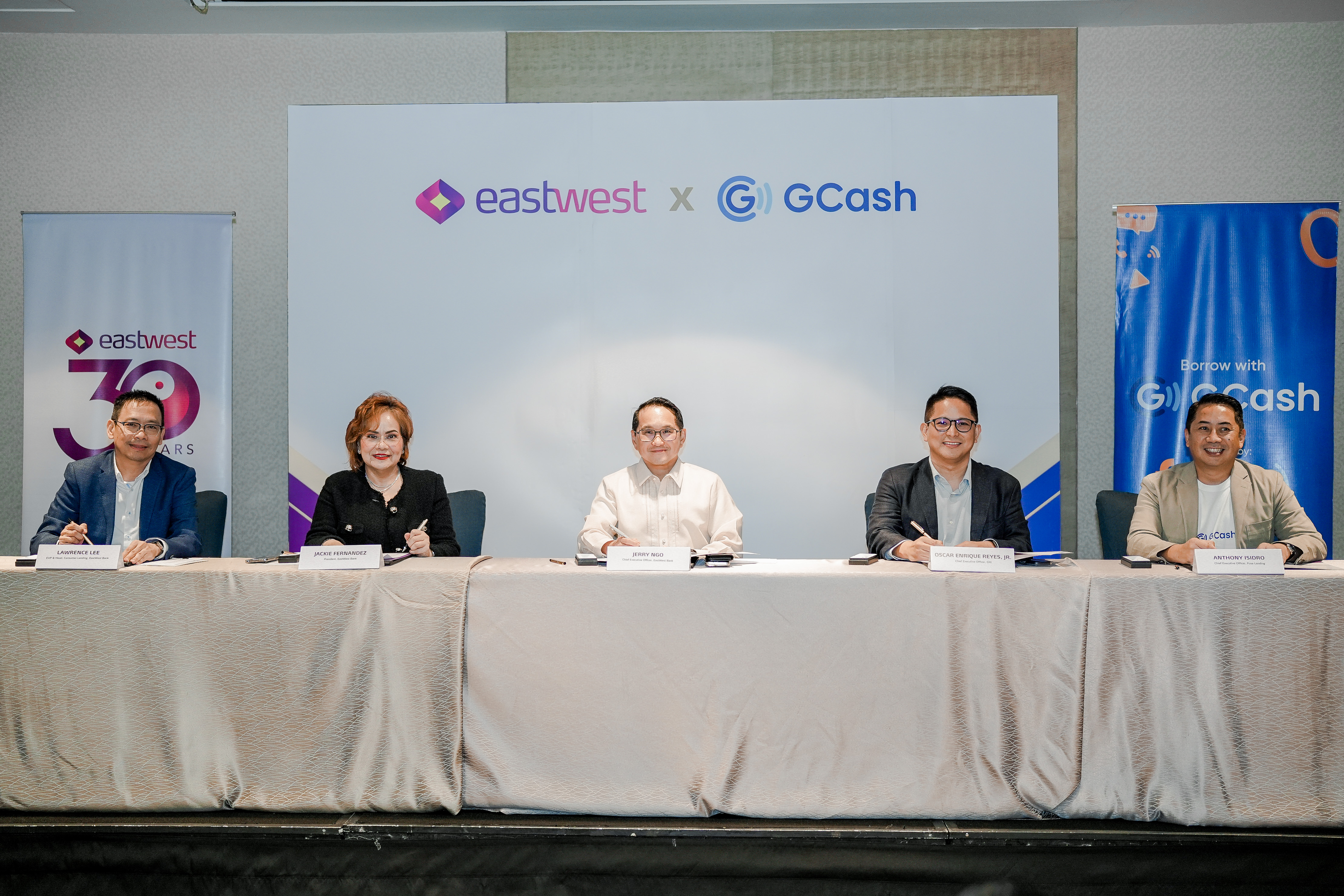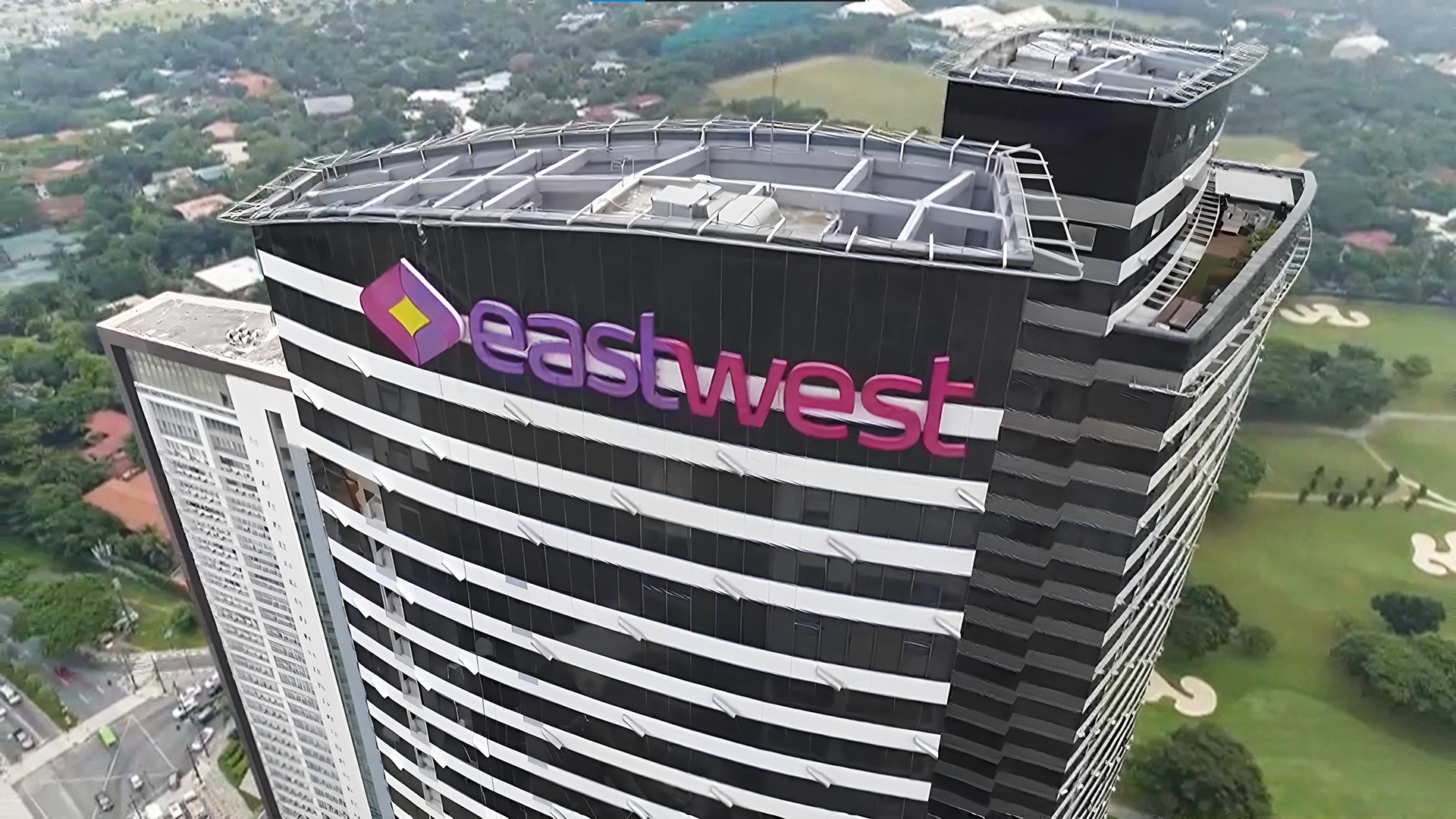EastWest Income at ₱2.0 billion, ROE at 14.4%
Gotianun-led EastWest Bank (EW) posted a net income of ₱2.0 billion in the first three months of 2021, 10% lower from last year’s ₱2.3 billion. Return on equity (ROE) was at 14.4%. Total assets ended at ₱385.7 billion, almost flat from Q1 2020’s ₱384.1 billion.
The lower income was primarily driven by net interest income (NII), lower trading gains, and higher taxes. NII, the difference between interest income and interest expense, was lower due to lower volume of loans and fixed income securities. This is consistent with the pandemic driven 4.2% drop in Q1 national output. Lower GDP typically means lower loan growth. The banking system registered a 4% decrease in loans in Q1. The interest rate cap on credit cards also contributed to the 11% drop in NII. In November last year, the BSP set a maximum rate of 24% for credit cards and similar loans. The rate cap significantly affected the bank’s net interest margin (NIM) to drop to 7.5% from 8.1% in Q1 2020.
Trading gains was at ₱854.1 million, still higher than normal levels but 52% lower than Q1 2020. The Bank expects trading gains to normalize moving forward due to the steady level of interest rates. Last year, there was a sharp increase in trading gains because of the significant drop in interest rates as the BSP loosened monetary policy in response to the pandemic.
Taxes on the other hand increased primarily from the one-time adjustment as a result of the CREATE bill that cut the corporate income tax rate from 30% to 25%. Banks like EW have significant deferred tax assets from their accumulated provisions booked under the old tax rate of 30% which have to be adjusted to 25% with the implementation of the new law.
The lower loan volumes across loan products, higher taxes, and lower trading gains were offset by the improvement in the deposit mix in favor of low-cost current and savings account (CASA), and the 70% drop in provisions for loan losses. Typically, when interest rates go lower, many bank customers tend to leave higher balances in their CASA accounts instead of investing in time deposits. “Most of the pandemic induced provisions have been booked in 2020. Unless the virus takes a turn for the worse and significantly infects more Filipinos, provisions for loan losses should be lower in 2021,” said EW Chief Lending Officer, Jackie Fernandez. In Q1 2020, EW significantly boosted its ‘preemptive provisions’ for loan losses to ₱2.4 billion in anticipation of the economic impact of the pandemic.
Net revenues were lower by 18% to ₱7.8 billion. Excluding trading, core revenues dropped by 11% to ₱7.0 billion. Meanwhile, operating expenses excluding provisions for loan losses, decreased by 7% to ₱4.2 billion. Cost-to-income ratio stood at 53.9%
Net income before tax (NIBT) amounted to ₱2.8 billion or 14% higher from last year mainly from the drop in provisions for losses despite the lower net revenues. Net income after tax (NIAT) however, amounted to ₱2.0 billion or 10% lower from last year due to the aforementioned impact of the CREATE Law. Excluding the adjustments from the new tax rate, net income after tax would have been ₱2.2 billion or only 5% lower from last year.
EastWest’s total loans and receivables were down 11% to ₱232.1 billion, mainly due to maturities and lower overall demand as businesses and households held off borrowing. Deposits on the other hand increased by 5% to ₱308.3 billion, with low-cost CASA increasing by 9% to ₱215.8 billion. The CASA ratio improved to 70%, from the previous year’s 67%.
The Bank’s capital adequacy ratio (CAR) and common equity tier 1 (CET1) ratio improved to 14.4% and 13.2%, from 12.5% and 11.3% respectively in the previous year.
“2021 seems to be the reversal of the 2020 trend as the economy continues to move to the beat of the coronavirus. In 2020, banks were beset by higher provisions and substantial drop in loan growth; this was offset by higher net interest margins and higher trading gains. For 2021, it seems that it will be lower provisions which will offset the drop in net interest margins and lower trading gains. Fortunately, EW as with the rest of the banks, have growing capital buffers which should allow the industry to remain resilient and help the economy recover once the virus is subdued.” EW CEO Tony Moncupa concluded.







